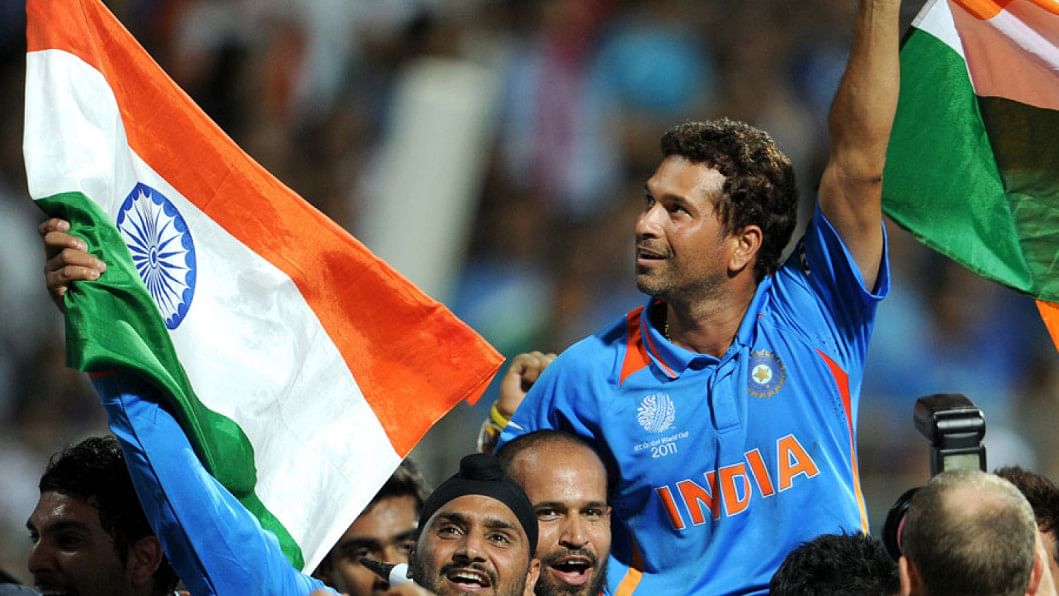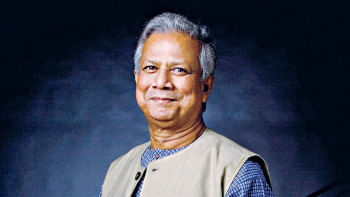India get their second

Minnows
Canada, Ireland, Kenya, Netherlands
Format
The failure of India and Pakistan to progress past the group stage in the 2007 World Cup showed the dangers of the four-group format, in which a single upset could jeopardise a team's chances of entering the Super Eights. The 2011 edition avoided such an eventuality by going back to two groups, paring down the number of teams from 16 to 14, and having the top four teams in each group qualify for the quarter-finals.
Innovations
The Decision Review System made its first appearance at the World Cup.
Early running
Matches between the top teams and the minnows followed a predictable pattern in Group A, with Canada causing the only scare by bowling Pakistan out for 184. They didn't manage to follow through and win the game, however, and Pakistan topped the group, inflicting upon Australia their first defeat in a World Cup since the group stage in 1999. Group B was a lot more interesting, and most of this was down to England, who were excellent against the top teams - they tied against India while chasing 339, and beat South Africa and West Indies in low-scoring thrillers - and abysmal against the rest. They conceded 292 against Netherlands, let Ireland chase down a target of 328, and lost to Bangladesh. In the end, though, the eight expected teams made the quarter-finals.
Quarter-finals
The knockouts started and ended on a one-sided note, with Pakistan rolling a dismal West Indies over for 112, and Sri Lanka gunning down a target of 230 against England without losing a wicket. In between were two cracking contests. India dumped Australia out after a tense chase in Ahmedabad, and South Africa choked, yet again, in the face of a small target against New Zealand in Dhaka.
The semis
Having reached the semi-finals for the sixth time, New Zealand lost for the sixth time, and it was again at the hands of Sri Lanka, who had dumped them out in 2007 as well. India prevailed in an epic clash against Pakistan in Mohali, with the bowlers doing brilliantly to defend an iffy total of 260 after Sachin Tendulkar fell 15 short of what would have been his third century of the tournament and his 100th in international cricket.
The final
Sri Lanka batted first in the first all-subcontinent final, and were quickly in trouble against a mesmeric first spell from Zaheer Khan. The first ten overs yielded Sri Lanka an underwhelming 31 runs. Mahela Jayawardene turned the tide, using the pace and bounce of the pitch to find the third man boundary repeatedly, with exquisite late cuts and glides. His unbeaten 103, and some spectacular hitting at the death from Nuwan Kulasekara and Thisara Perera, lifted Sri Lanka to 274. The challenge posed by the target was amplified when India lost Virender Sehwag and Tendulkar to an inspired burst from Lasith Malinga, but Gautam Gambhir and Virat Kohli got the chase on track with an 83-run third-wicket partnership. At the fall of Kohli's wicket, MS Dhoni walked out to bat ahead of the in-form Yuvraj Singh. Dhoni hadn't had a great World Cup till then, but he and Gambhir took the match away from a ragged Sri Lankan attack with a partnership of 109. Gambhir fell three short of what would have been a magnificent pressure-soaking hundred, before Dhoni finished the job with a flurry of boundaries, sealing the victory by launching Kulasekara for a big six over long-on.
Controversies
The final began amid scenes of confusion, with the toss having to be re-taken after the match referee Jeff Crowe said he hadn't heard Kumar Sangakkara's call the first time around. Replays of the first toss suggested Sangakkara had called heads, correctly, but MS Dhoni seemed to have misheard it and thought he had won the toss, turning to the commentator Ravi Shastri and saying, "We'll bat." In the end, Sangakkara called heads again, won the toss, and chose to bat.
Debuts
After 15 years of first-class cricket in Pakistan, England and South Africa, Lahore-born Imran Tahir qualified to play for South Africa on New Year's Day, 2011. South Africa immediately included him in their World Cup squad, and he did not disappoint, taking 14 wickets in five matches at an average of 10.71. West Indies gave Devendra Bishoo, also a leggie, his first cap as well, and he showed excellent control and variety in his three appearances. West Indies had a couple of other debutants, in Andre Russell and Kirk Edwards.
Farewells
West Indies were bowled out for 112 in their quarter-final against Pakistan, and Shivnarine Chanderpaul, typically, was last man standing, with an unbeaten 106-ball 44. It was the last time he played an ODI. In the same match, Pakistan left out Shoaib Akhtar, who had announced a few days earlier that he would retire at the end of the World Cup. Akhtar had gone for 70 in nine overs - and 28 in his final over - in the group game against New Zealand, and that spell and his iffy fitness gave Pakistan enough reason to deny him a farewell game. He didn't play in the semi-final defeat to India either. The final brought an end to an all-time great's career: Muttiah Muralitharan finished wicketless in his last international appearance for Sri Lanka.

 For all latest news, follow The Daily Star's Google News channel.
For all latest news, follow The Daily Star's Google News channel. 



Comments